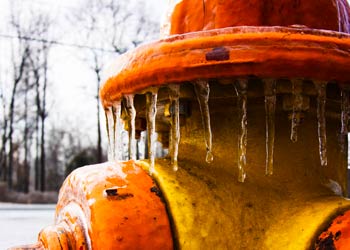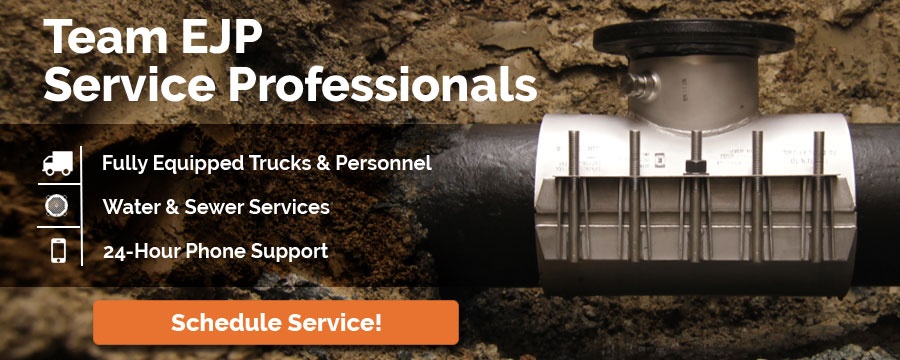Winter Hydrant Maintenance: How to Thaw a Frozen Hydrant Safely
- Home
- Team EJP Blog
- Winter Hydrant Maintenance: How to Thaw a Frozen Hydrant Safely
- Feb 20, 2018 10:13:57 AM
- Everett J. Prescott
With winter having set in, fire hydrant freezing is a serious problem for any water utility. But when it's your hydrants that are frozen, it changes from being an inconvenience for your customers to a potentially life-threatening situation if a fire breaks out. However, when you need to thaw those hydrants, you need to use the right techniques to ensure it's being done safely and in a fashion that will not damage your hydrant. Here's how to make it happen:

Unfortunately, even though hydrants require regular maintenance and testing, the first sign of trouble often happens when it's discovered to be inoperable. When you're dealing with a frozen hydrant, you need to thaw it in a particular way. Though it's tempting to simply turn on a torch and heat it up, that can have serious and unintended consequences. When the heat thaws the water and heats the hydrant to too high a temperature, steam can build up inside. This can cause serious damage to the hydrant and possibly hurting the workers trying to thaw it in the process.
There's a better way. Using steam on the frozen hydrant to heat it ensures that the temperature never goes very far above boiling, preventing the serious damage that can occur from rapid thawing. The way Team EJP takes care of these issues with our hydrant and valve maintenance service is by using an open flame in a Bunsen burner or steamer box to create steam. That steam is then directed through the hydrant to heat the stem and melt any ice that is causing problems. Once the valve can be operated, the flow of the water finishes the thawing process. Once the entire hydrant has been thawed, the hydrant should be pumped out and tested to ensure that there are no leaks and that everything is working properly so that it can be placed back into service.

To help avoid this problem, regular testing, maintenance and service must be undertaken on your hydrants, even during winter's cold. The easiest way to check the hydrant for problems is to open the access port without operating the valve, dropping in a weighted line and checking whether the line is wet when it comes back out. If it is, you'll need to pump out the hydrant, wait a few minutes and then check for water again. If it's dry, you can go on to the next hydrant, but if more water has leaked in, you'll need to repair the hydrant so that it doesn't freeze when it's needed most. This can involve changing out some of the gaskets, O-rings, valve or other operational parts of the hydrant, or in extreme cases, replacing it all together.
By knowing how to safely thaw, maintain and service your water utility's fire hydrants, you'll have the security of knowing that your fire hydrants are ready to go whenever they are needed. This can lead to saved lives and property in a fire, a common problem in winter's deepest cold. But what if your water utility has too much going on to see to a regular testing and maintenance schedule at the moment? Team EJP is here for you. Our valve and hydrant maintenance service can help you get caught up or stay caught up. Please feel free to contact us today to get started.








